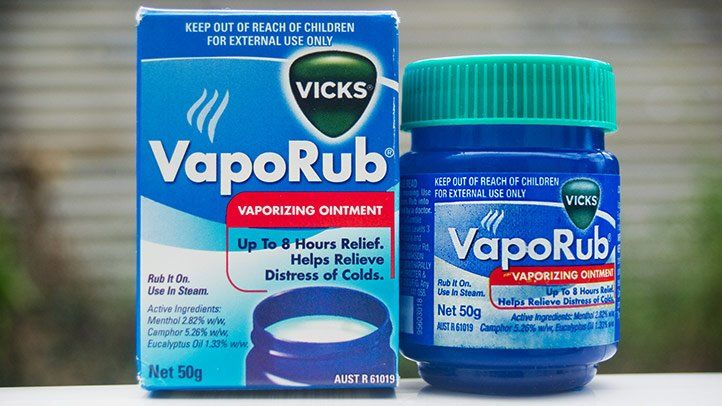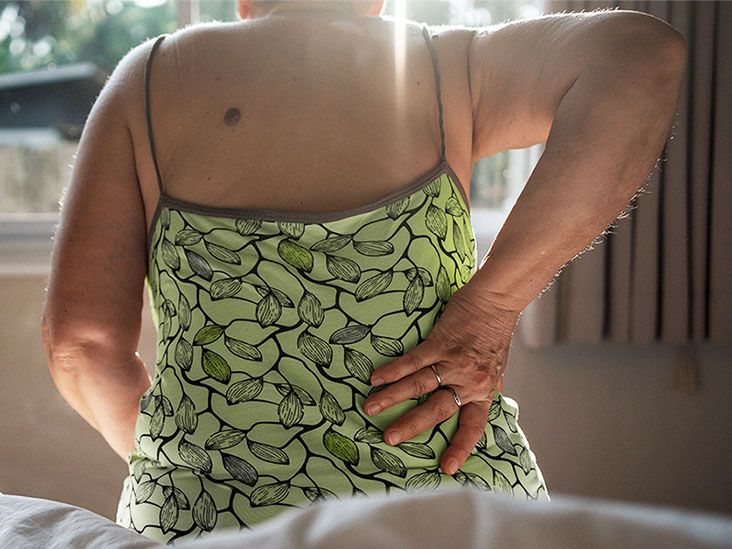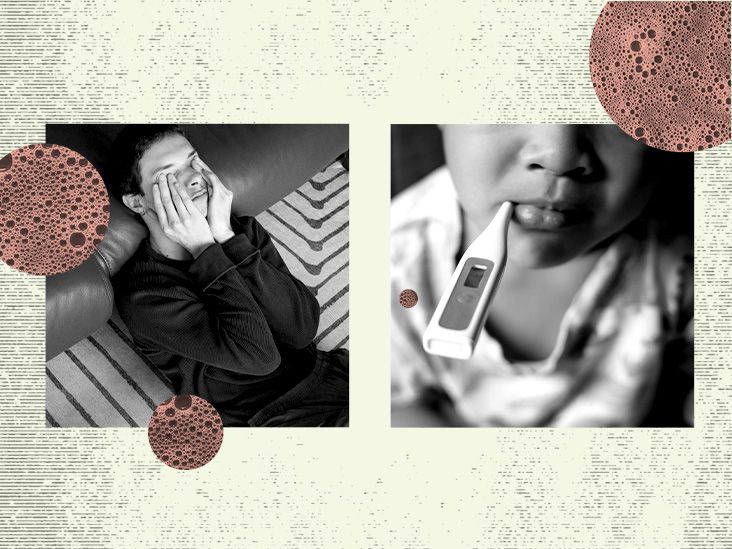Understanding Long COVID and Its Contagiousness
Long COVID, also known as post-COVID syndrome, refers to the long-term effects that some people experience after initially recovering from COVID-19. As research on long COVID continues, a common question is whether long COVID itself is contagious.
Long COVID Symptoms and Duration
People with long COVID typically have lingering symptoms for more than 4 weeks after their initial COVID-19 infection. Some of the most common long COVID symptoms include:
- Extreme fatigue or tiredness
- Shortness of breath
- Cough
- Joint pain
- Chest pain
- Difficulty concentrating, sometimes referred to as brain fog
- Depression or anxiety
- Fever
- Dizziness when standing
- Racing heart rate or palpitations
While most people with long COVID feel better within 3 months, some have symptoms that last longer than a year. The reasons why symptoms can linger for so long are still being investigated.
Is Long COVID Itself Contagious?
Because long COVID occurs after the initial viral infection, long COVID itself does not appear to be contagious. However, some important factors to consider include:
- Its possible to get re-infected with COVID-19 while experiencing long COVID symptoms from an initial infection.
- Viral particles can sometimes persist for weeks or months after the initial infection, but its unknown if these particles are capable of transmitting infection.
- Those with compromised immune systems may shed viral particles for longer periods.
Assessing Your Contagiousness With Long COVID
When trying to evaluate if long COVID is contagious, it's helpful to monitor your symptoms and test for COVID-19 infection when warranted.
Monitor Your Symptoms
Keep track of any symptoms you experience after your initial COVID-19 infection. Make note of:
- What type of symptoms you have
- When those symptoms started
- How long symptoms last
- If symptoms change in intensity or frequency over time
This information can help your doctor evaluate if your symptoms represent post-COVID conditions versus a new COVID-19 infection.
Test For Active Infection When Warranted
If your symptoms worsen or you develop new concerning symptoms like high fever, its appropriate to get retested for COVID-19. Retesting can determine if symptoms are from long COVID or reinfection.
Testing is especially important before spending time around high-risk groups or attending large gatherings after initial COVID-19 infection.
Practice Social Distancing When Symptomatic
While long COVID itself may not be contagious, those experiencing symptoms should take precautions to avoid potentially spreading viral particles or becoming reinfected. Steps to take include:
- Avoid close contact with others whenever symptoms flare up
- Wear a mask in shared spaces if you have respiratory symptoms
- Inform close contacts about your symptoms and history of COVID-19
- Stay home from work, school, social events when sick
The Contagiousness of COVID-19 Reinfections
Along with questions about long COVID transmissibility, many wonder about the level of contagiousness when getting reinfected with COVID-19.
Likelihood of Reinfection
Early research indicates COVID-19 reinfections are rare but possible. Rates of reinfection have been estimated at around 1% for those who've recovered from initial COVID-19 infection.
Its believed that immunity from natural infection and vaccination helps protect against reinfection. However, reinfections may be more likely with new variants that have mutations enabling escape from immune responses.
Contagious Period With Reinfections
When reinfections do occur, the contagious period appears similar to that of initial COVID-19 infection, which is generally considered:
- 2 days before onset of symptoms
- Up to 10 days after symptoms started
However, many factors can affect individual contagious periods like:
- Severity of symptoms
- Which COVID-19 variant caused infection
- The person's immune status
- Viral load
Those who are immunocompromised may also be contagious for over 20 days with reinfection.
Precautions With Reinfections
Ultimately, the same precautions should be taken with suspected or confirmed COVID-19 reinfections as with initial infections including:
- Isolating from others for at least 5 days
- Wearing a mask for 10 full days around others
- Avoiding travel and high-risk groups while contagious
- Practicing good hygiene with handwashing and disinfecting
Staying up-to-date on COVID-19 vaccinations can also reduce transmission risk with reinfections.
Key Takeaways
- Long COVID itself does not appear contagious, though reinfection is possible.
- Those with long COVID should monitor symptoms, retest when warranted, and isolate if ill.
- COVID-19 reinfections seem rare but have a similar contagious window as initial infections when they occur.
- Precautions like masking and distancing should continue with long COVID or reinfections.
FAQs
Can I transmit COVID-19 to others during long COVID?
It’s unlikely you can directly transmit COVID-19 due to long COVID symptoms. However, because reinfection is possible, continue isolating when symptoms flare up to limit potential COVID-19 exposure risk.
What precautions should I take if I have long COVID?
Keep monitoring symptoms, retest for COVID-19 if ill, avoid others when sick, mask around vulnerable groups, wash hands frequently, and clean high-touch surfaces often.
How long after COVID-19 infection can the virus transmit?
The contagious period after initial COVID-19 infection typically lasts up to 10 days but may be longer if severely immunocompromised. Similar transmission timelines occur with COVID-19 reinfections.
Can I spread COVID-19 particles even after I no longer feel sick?
It’s possible to transmit viral particles for weeks or months after recovering from COVID-19, especially with a weakened immune system. Take precautions until definitively testing negative.
Disclaimer: This article is for informational purposes only and does not constitute medical advice. Always consult with a healthcare professional before starting any new treatment regimen.
Related Coverage
Learn about Coricidin HBP, its ingredients, and how it can cause drowsiness. Discover user experiences and important safety considerations to make informed decisions about this medication....
Discover the debate surrounding the use of Vicks VapoRub on cold sores, as researchers raise concerns about its ingredients and potential side effects....
Compare the ingredients, benefits and side effects of Mucinex vs Dayquil. See which OTC cold medicine is most effective for cough, congestion, fever and more....
Chest congestion causes coughing and difficulty breathing. Try home remedies like steam, hydration, saline washes, and essential oils for fast, natural congestion relief....
Onion and honey together make a powerful natural remedy for colds. Learn how to use onion and honey to get relief from cough, congestion, sore throat and more....
Lower back pain flu? Learn why the flu can cause back aches, red‑flag signs to watch, and simple home remedies for quick relief....
Soothe swollen, inflamed nasal and sinus passages using anti-inflammatory ginger, peppermint, licorice, chamomile teas. Clear your head naturally....
Flu-like symptoms can arise from many causes. Learn triggers, how to differentiate the flu, and simple steps to feel better fast....
Intake nose strips open nasal passages to relieve sinus congestion fast. Learn how the strips work, proper usage, complementary remedies, and who should avoid them....
Sinus congestion is uncomfortable, but you can use natural remedies like steam, saltwater rinses, spicy foods and supplements for relief without medications....









